Fake Molding With Paint: Transform Your Room in Under an Hour
Reviewed by: Ysa Garcia
Difficulty: Novice
Time: 45 minutes
Cost: ~$25
Why You'll Like This
Got bland walls and 45 minutes? Try a designer trick that adds instant architectural charm without contractors or sticker shock. Professional designers have been using strategic paint applications to mimic expensive architectural details for decades, according to Lifehacker.
One clean stripe, a crisp edge, and a flat wall suddenly reads like custom millwork. Renter-friendly, totally reversible. No millwork, no problem.
What You'll Need
Materials
1 quart base wall color paint, satin or eggshell
1 quart contrasting accent paint, darker than base
1 roll painter's tape, 1.5-inch width
Drop cloths or plastic sheeting
Tools
Tape measure
Level, 2-foot or 4-foot
2-inch angled brush for cutting in
Paint roller with 3/8-inch nap sleeve
Pencil for light marking
Safety First
Ensure good ventilation when painting indoors
Wear old clothes or coveralls to protect from splatters
Keep wet paint rags away from heat sources to prevent spontaneous combustion
Steps
Measure and mark your wall division. Divide the wall into thirds or in half; both proportions work for most rooms. Use a tape measure to find the exact point, then mark lightly with a pencil at several spots across the wall.
Tip: For an 8-foot ceiling, marking at 32 inches creates wainscoting proportions that fool the eye.
Create your horizontal guideline. Use the level to connect your pencil marks with a light line across the entire wall. This keeps the division perfectly straight, even if the wall is a little wonky.
If your measurements vary, use the lowest point as your guide to keep the line level.
Apply painter's tape along your line. Place the tape just above your pencil line if the bottom section gets the new color. Press edges down firmly with a fingertip swipe to prevent bleeding.
Why this works: the tape creates a razor-sharp edge that reads like a molding transition.
Paint the bottom section with your contrasting color. Cut in along the tape with the angled brush, then roll the rest. Use thin, even coats rather than chasing full coverage in a single pass.
Note: darker below, lighter above creates the most convincing wainscoting effect because real architectural elements cast shadows.
Remove tape while the paint is slightly tacky. Pull it away at a 45-degree angle within 30 minutes of painting. That timing helps prevent peeling when the tape comes off.
If paint bleeds, use a small artist's brush to clean up edges while it is still wet.
Why it works: our brains interpret color changes as physical boundaries, so flat walls appear to have built-in features. Floor colors always appear lighter than wall colors due to how light reflects off horizontal surfaces, experts from Farrow & Ball explain. That optical principle helps your painted division look authentic and properly proportioned.
Cleanup & Disposal
Store leftover paint in sealed containers labeled with room and date
Clean brushes and rollers right away with warm, soapy water
Let the tape dry completely before tossing it in the regular trash
Fold drop cloths carefully to avoid tracking drips around your space
Troubleshooting
Problem: Paint bled under the tape → Fix: Scrape away excess while wet, then touch up with base color using a small brush
Problem: Uneven coverage in corners → Fix: Use the angled brush to fill in missed spots with light, feathering strokes
Problem: Tape pulled off some base paint → Fix: Let the area dry for 24 hours, then touch up with base color using a small brush
Variations & Upgrades
Budget option: Use sample-size paint containers for powder rooms or small accent walls
Renter-friendly version: Choose colors within two shades of the existing wall color for easier painting over when you move
Enhanced impact: Add a second horizontal stripe 2 to 3 inches above your main division using an even darker shade for a chair rail effect
Kid-safe approach: Use washable paint formulations in high-traffic spots like hallways
Advanced Applications for Dramatic Results
Once you have the basic wall division down, try more sophisticated approaches. Color drenching, coating an entire space in a single bold hue, has become increasingly popular for monochromatic, maximalist effects, according to Architectural Digest trends. It pairs well with painted architectural details.
Ready for more complexity? Create painted panel molding by taping off rectangular sections within your lower painted area. Faux finishing techniques can mimic materials like stone, marble, or wood using strategic paint application, according to decorative painting specialists. The key is preparation, quality tools, and patience to achieve professional-looking results, as painting professionals emphasize.
Real marble costs between $40 to $100 per square foot for materials alone, home improvement sources report. With paint and simple tools like feathers, you can create convincing marble veining that turns plain walls into elegant focal points, according to faux finishing guides.
Making It Work in Your Space
The beauty of this technique is its flexibility. After years of minimalist trends, homeowners want warmth and personality in their spaces, interior design experts observe. Paint-based architectural illusions scratch that itch while staying budget-friendly and reversible.
Not ready for bold color? Start with neutral tones; a single neutral hue creates seamless flow and a grounding foundation, color specialists recommend. Test color combos at noon and again in evening lamplight before you commit.
The technique draws the eye to clean lines and crisp divisions that add visual interest similar to traditional molding, as noted by design experts. The short supply list and quick turnaround mean you can finish in less than a day, start to finish, based on DIY project timelines.
FAQ
Can I use this technique over existing wallpaper? Only if the wallpaper is firmly adhered and smooth. Textured or peeling wallpaper will show through paint and ruin the clean architectural effect.
Will this work on textured walls? Light texture, like orange peel, is fine, but heavy knockdown or popcorn texture will prevent clean tape lines. Consider skim-coating heavily textured walls first.
How do I handle electrical outlets and switches? Remove cover plates before taping, and paint carefully around outlet boxes with a small brush. Replace plates after the paint is completely dry.
Your shortcut to designer-level style proves that architectural charm does not require expensive renovations or professional installation. With painter's tape, brushes, rollers, and quality paint, you can get results that rival custom millwork for a fraction of the cost.
The technique leans on how we perceive space and dimension, creating sophisticated visual interest through strategic color placement rather than construction.




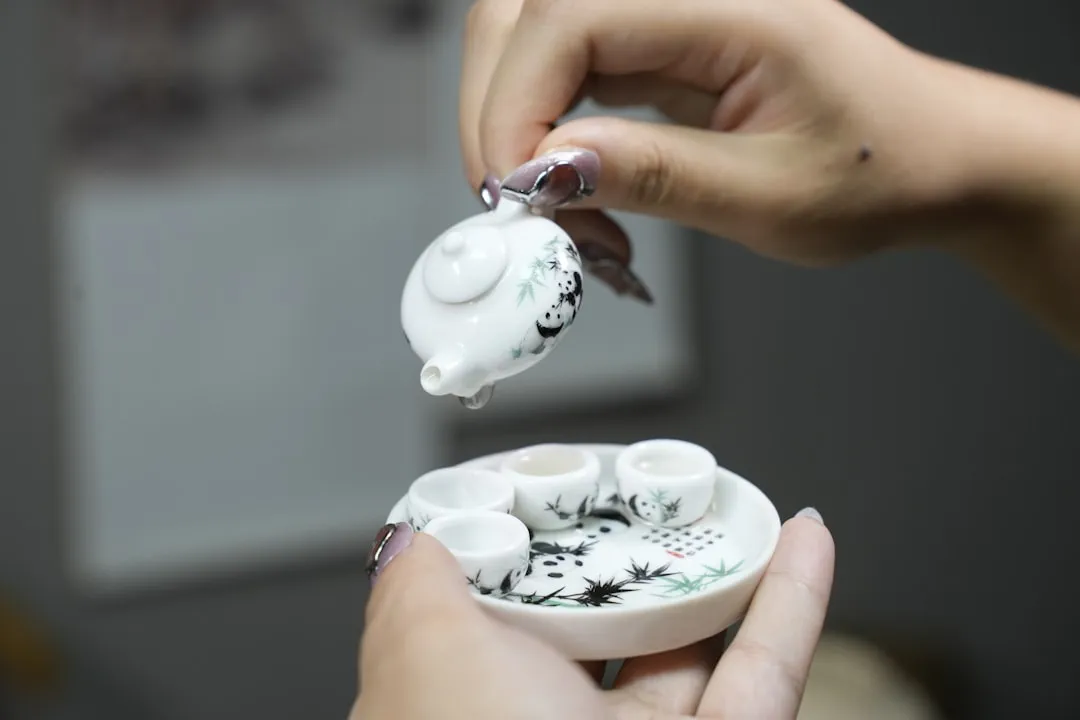



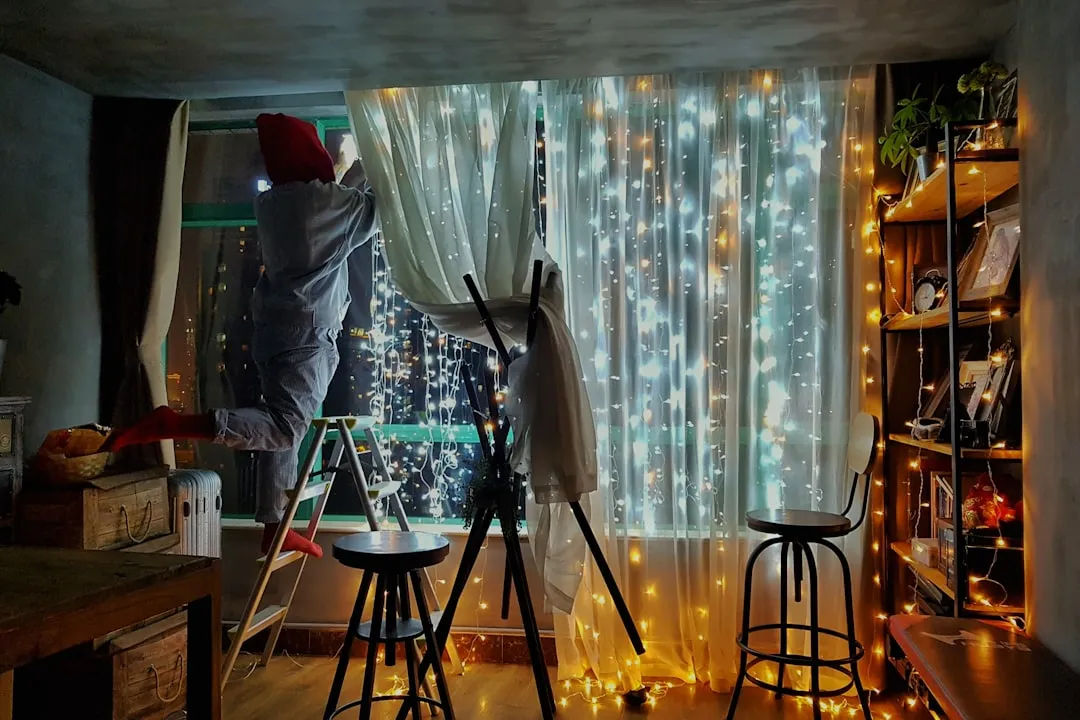


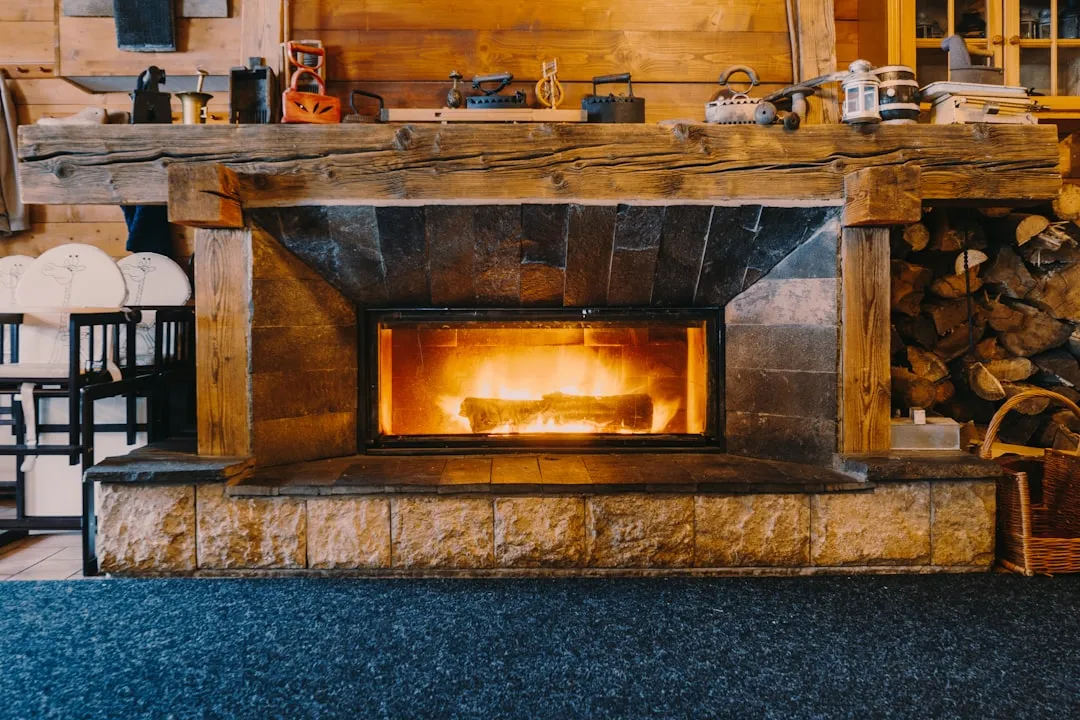
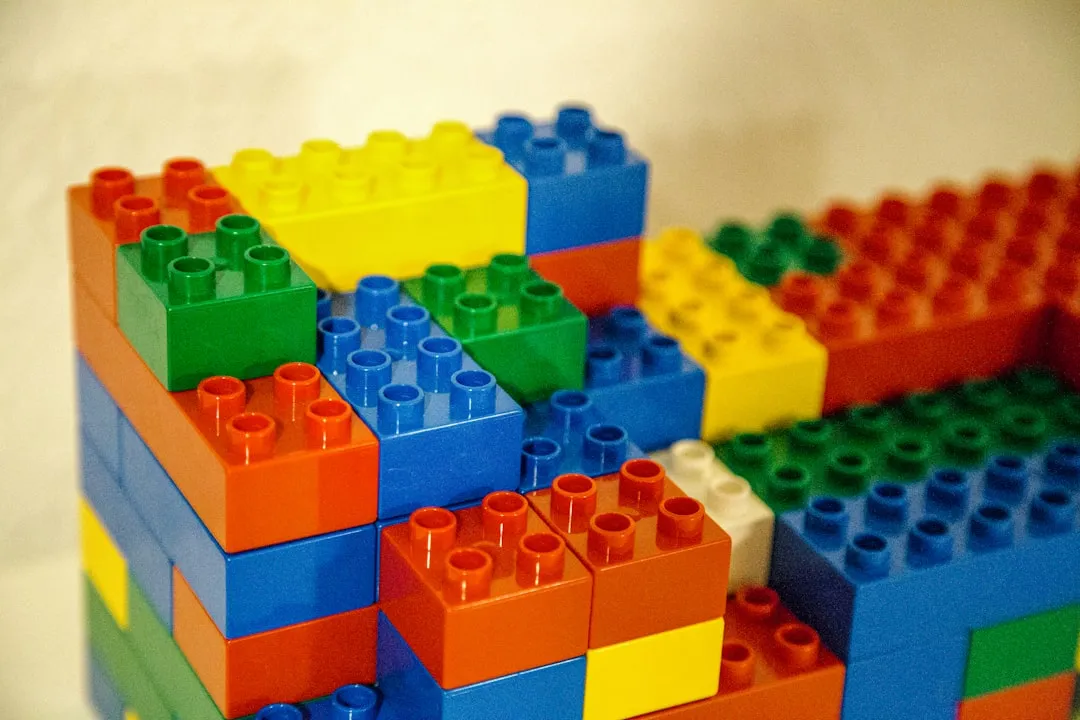
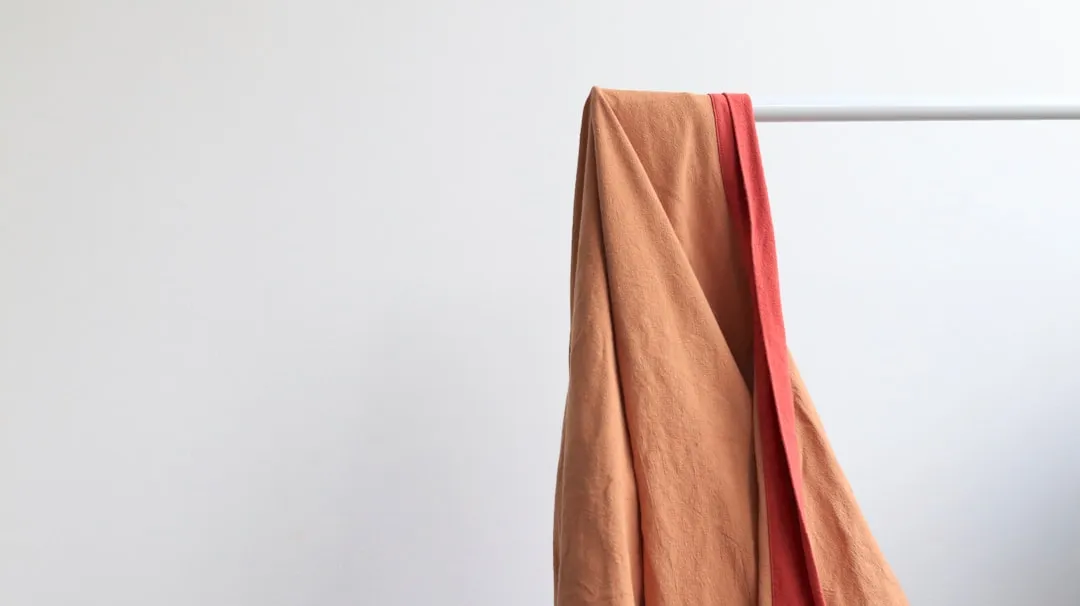
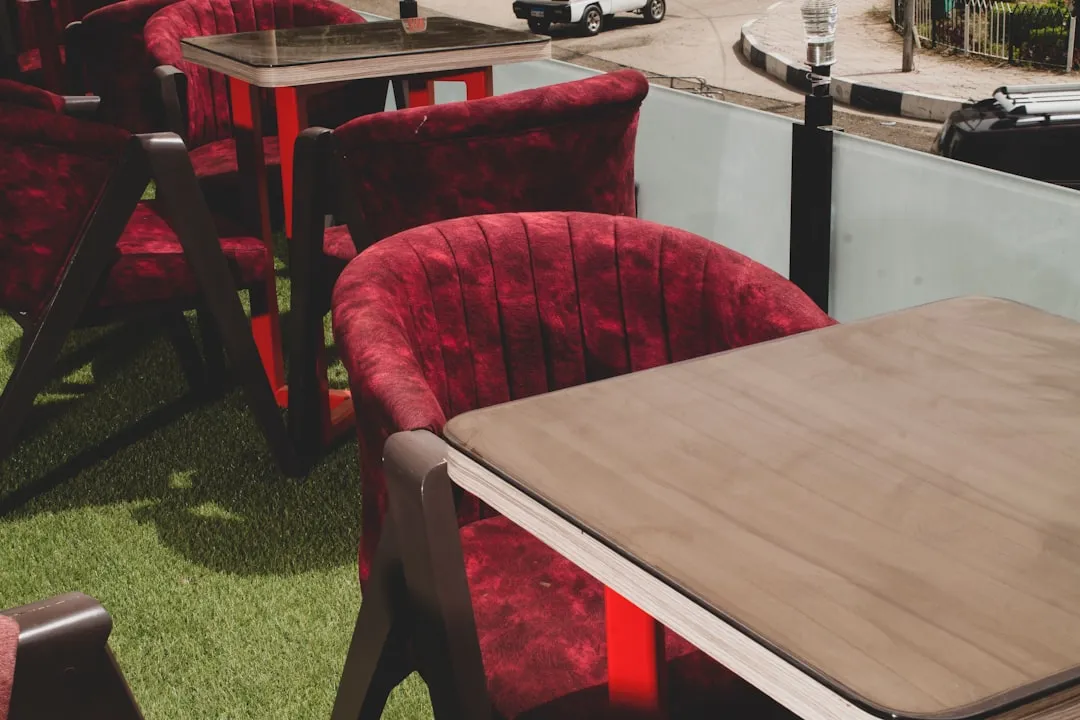
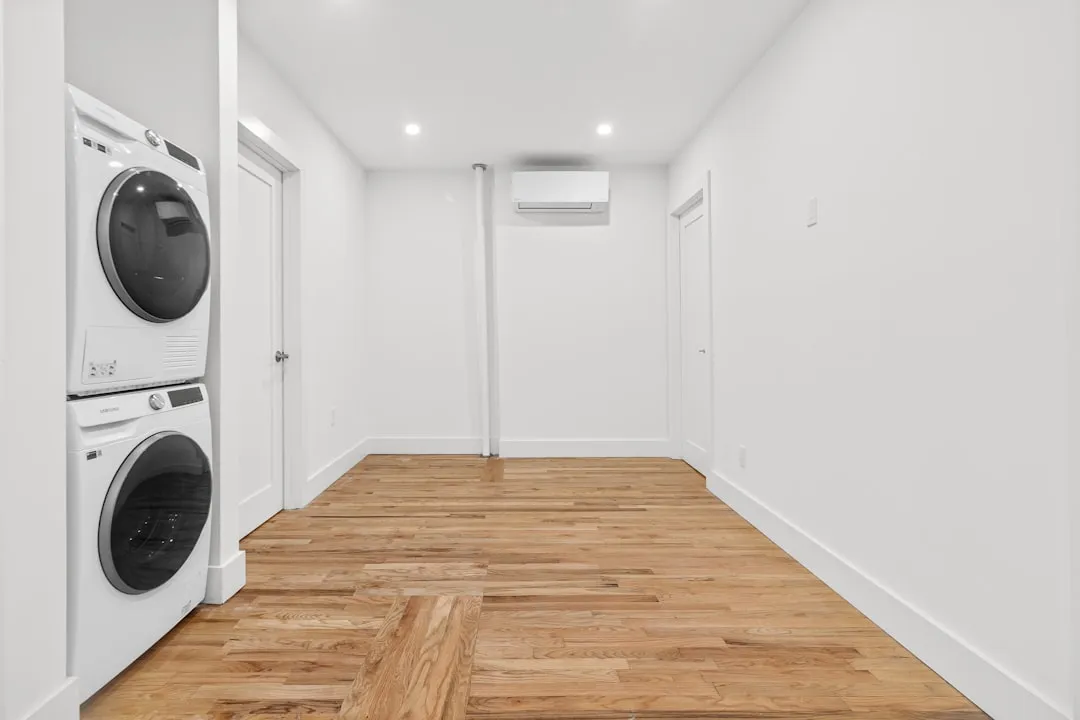
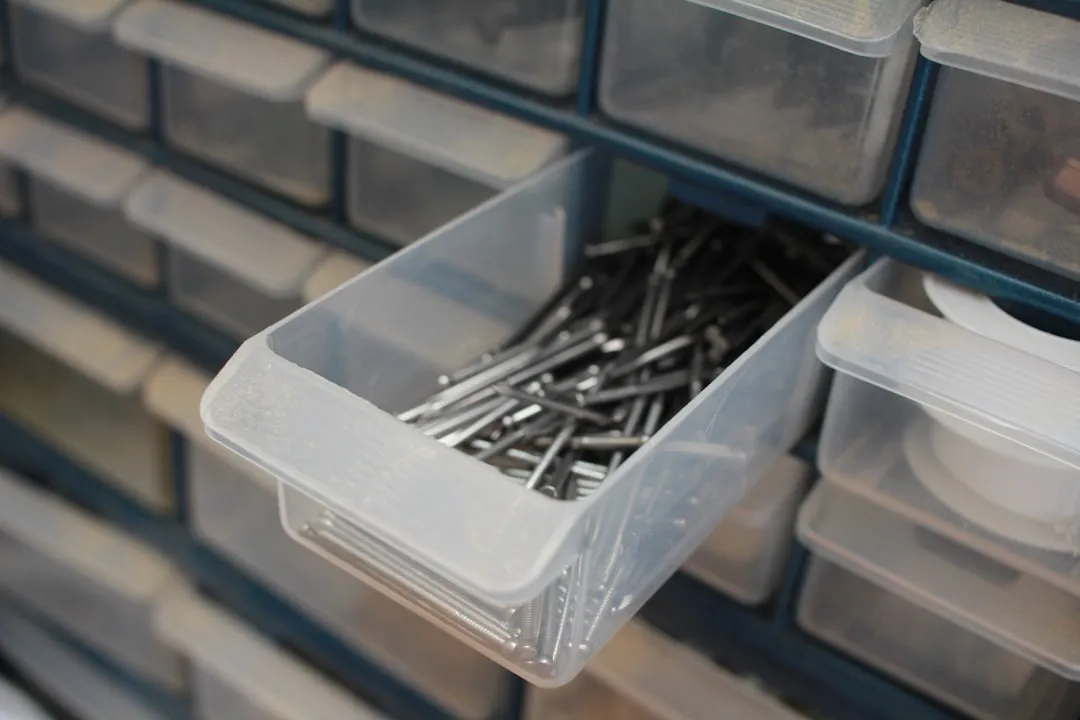



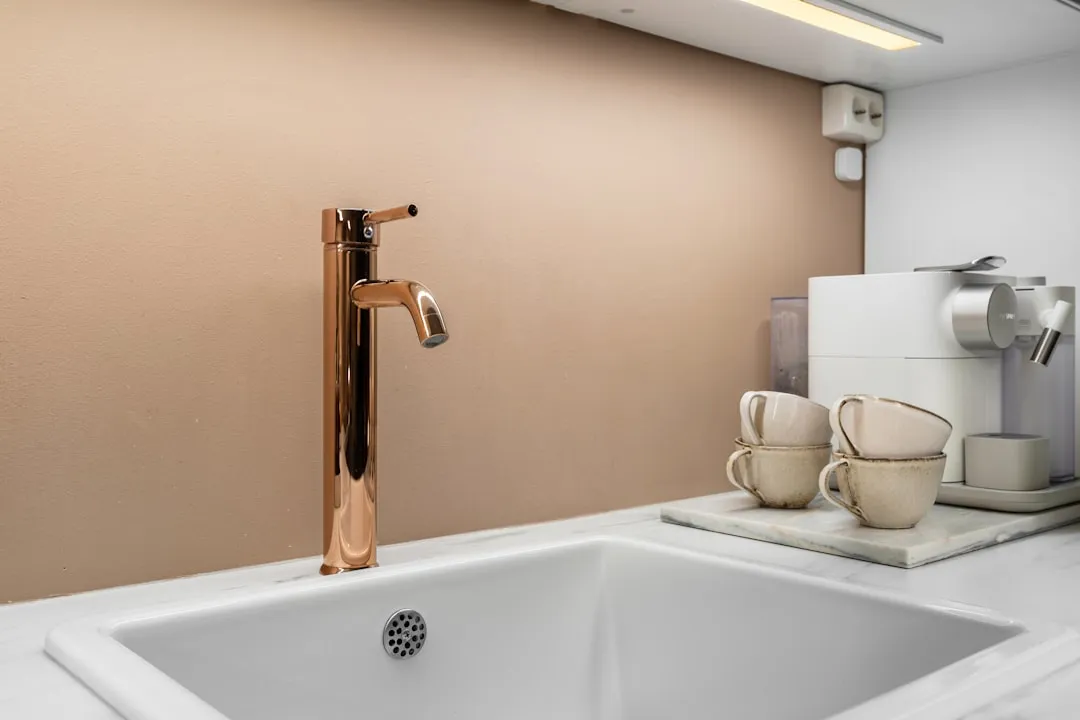
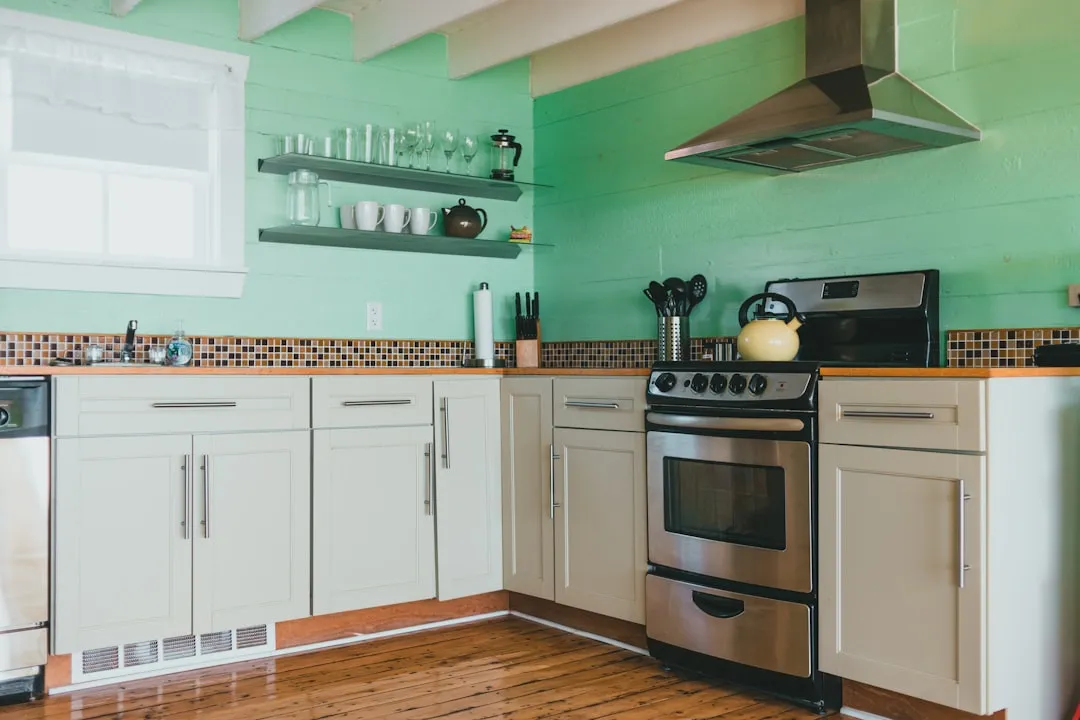

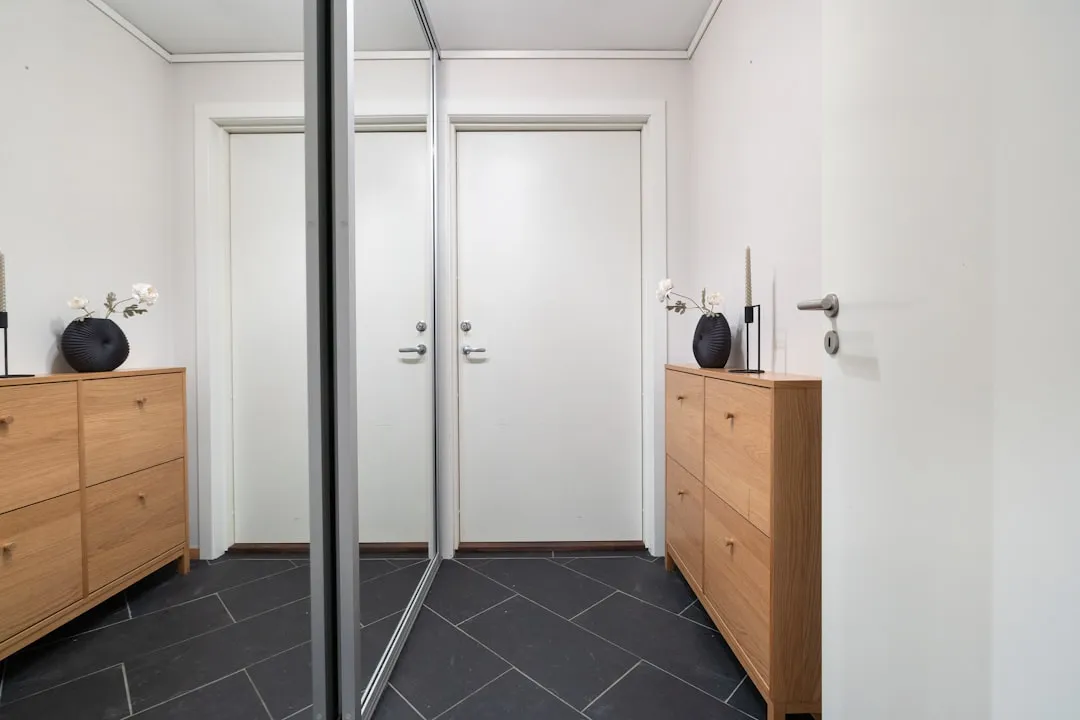
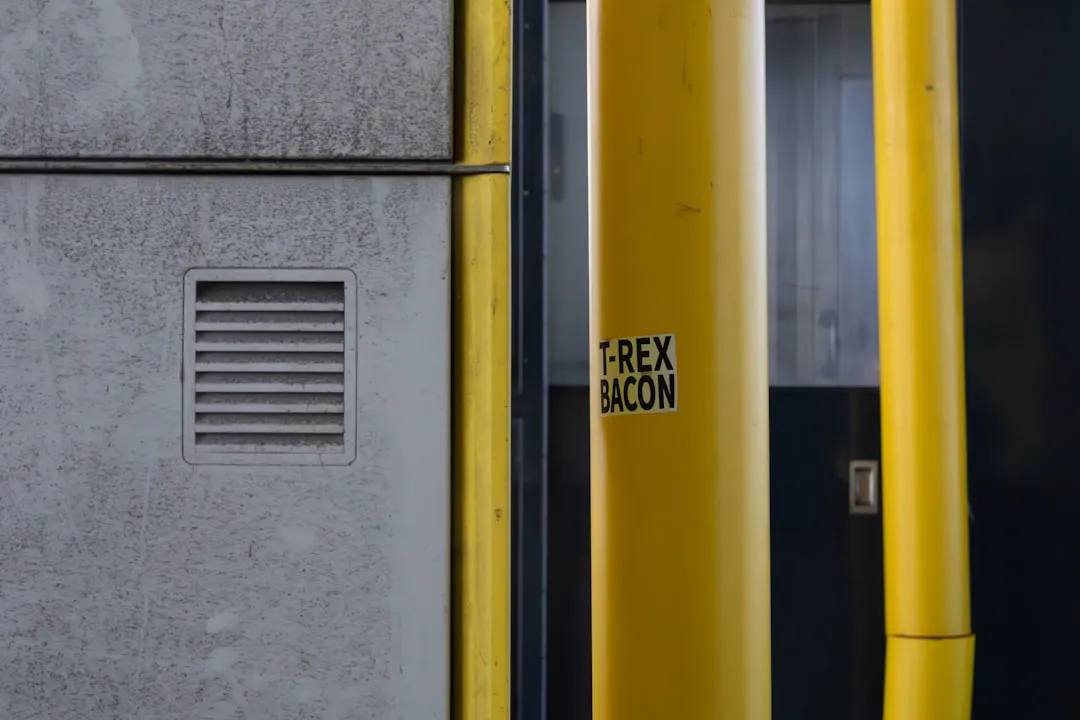
Comments
Be the first, drop a comment!